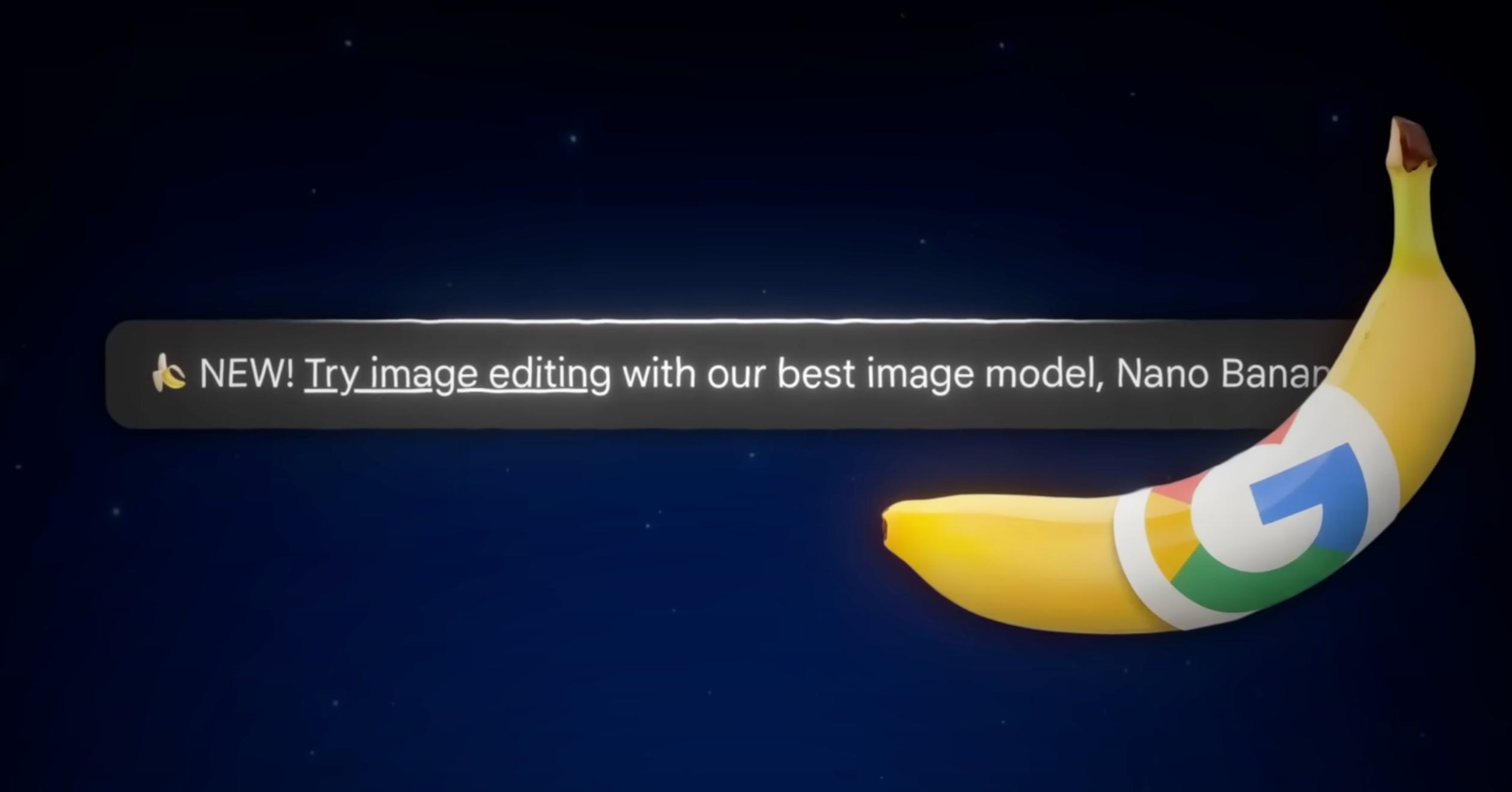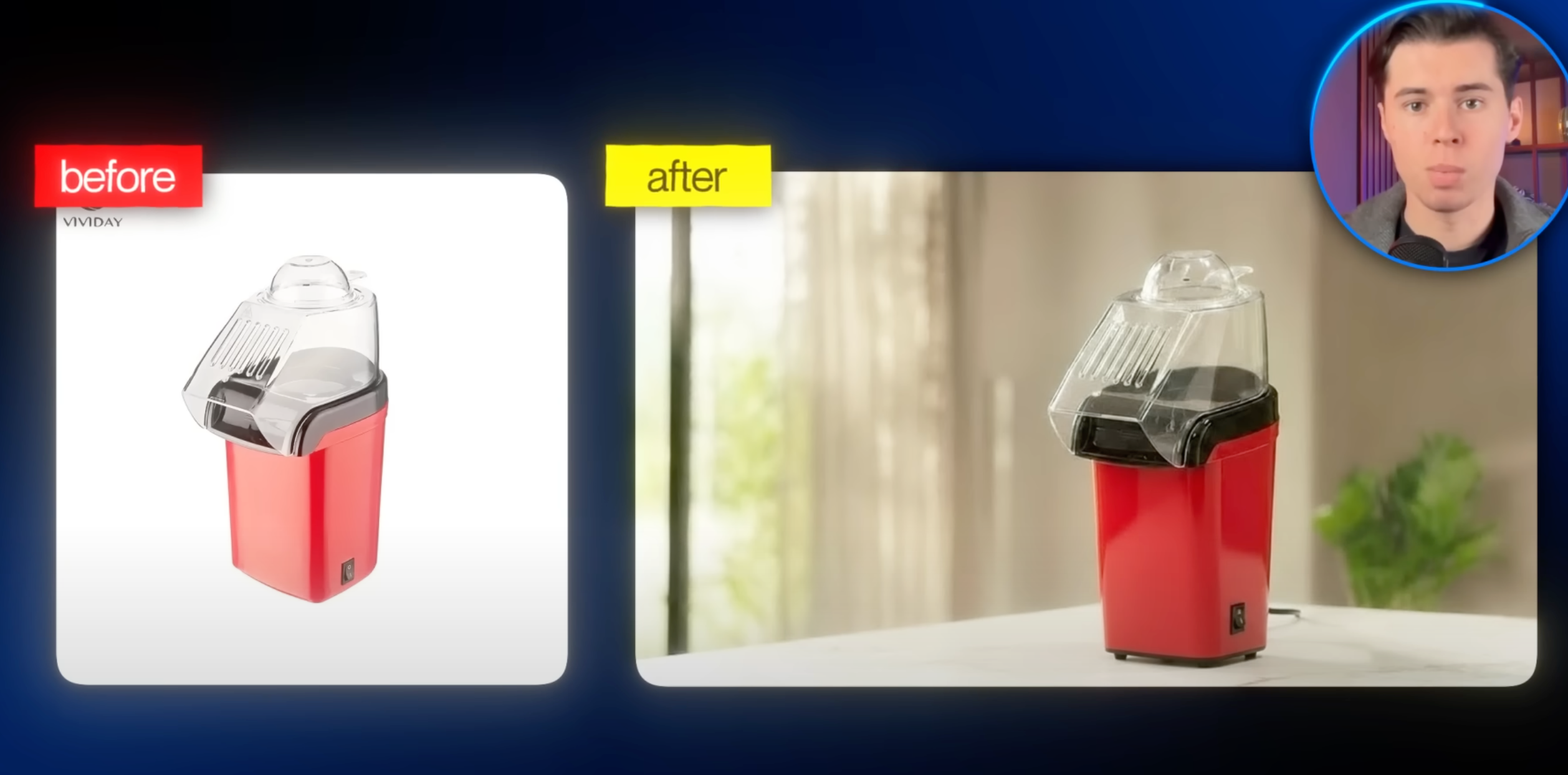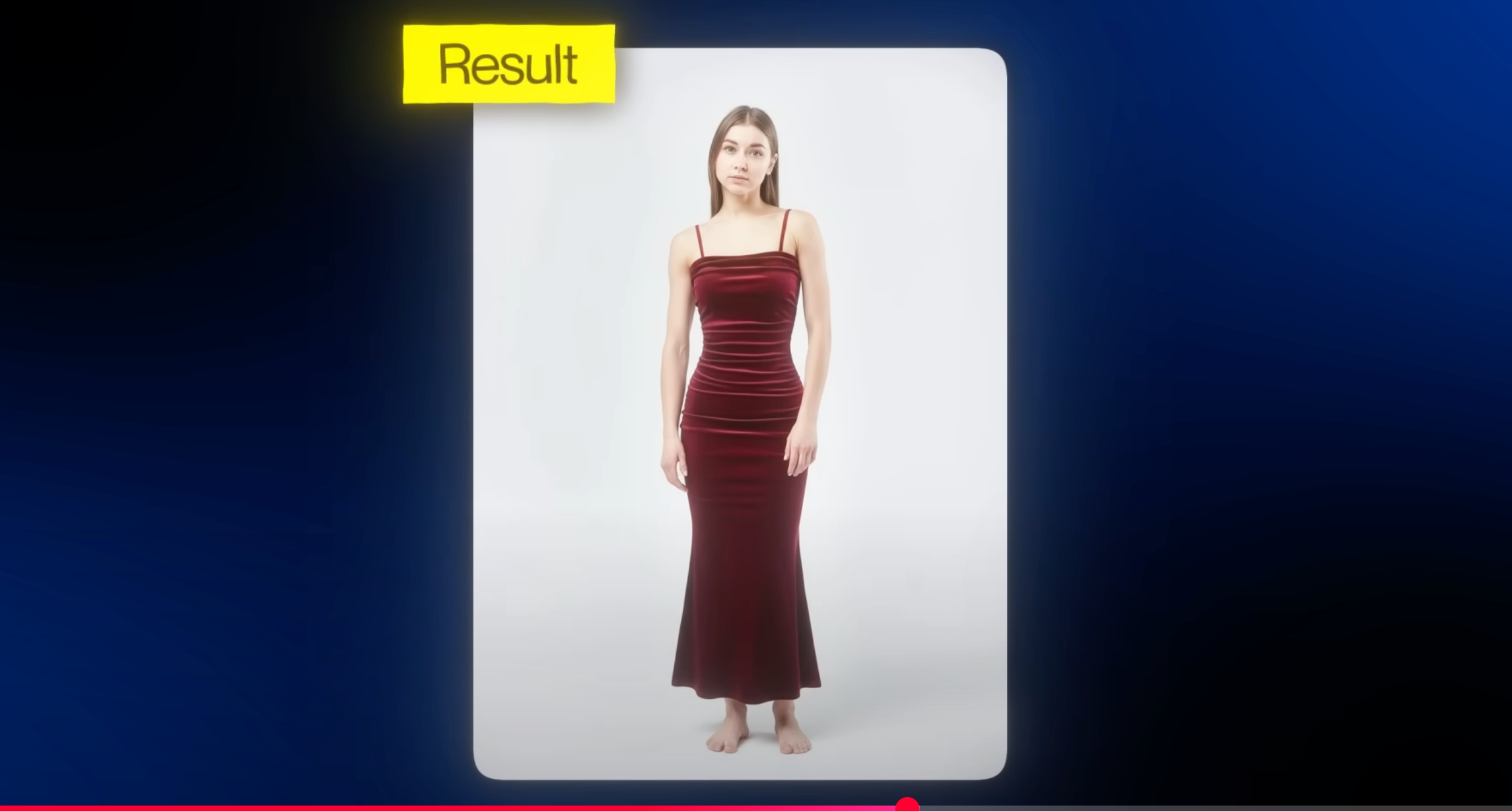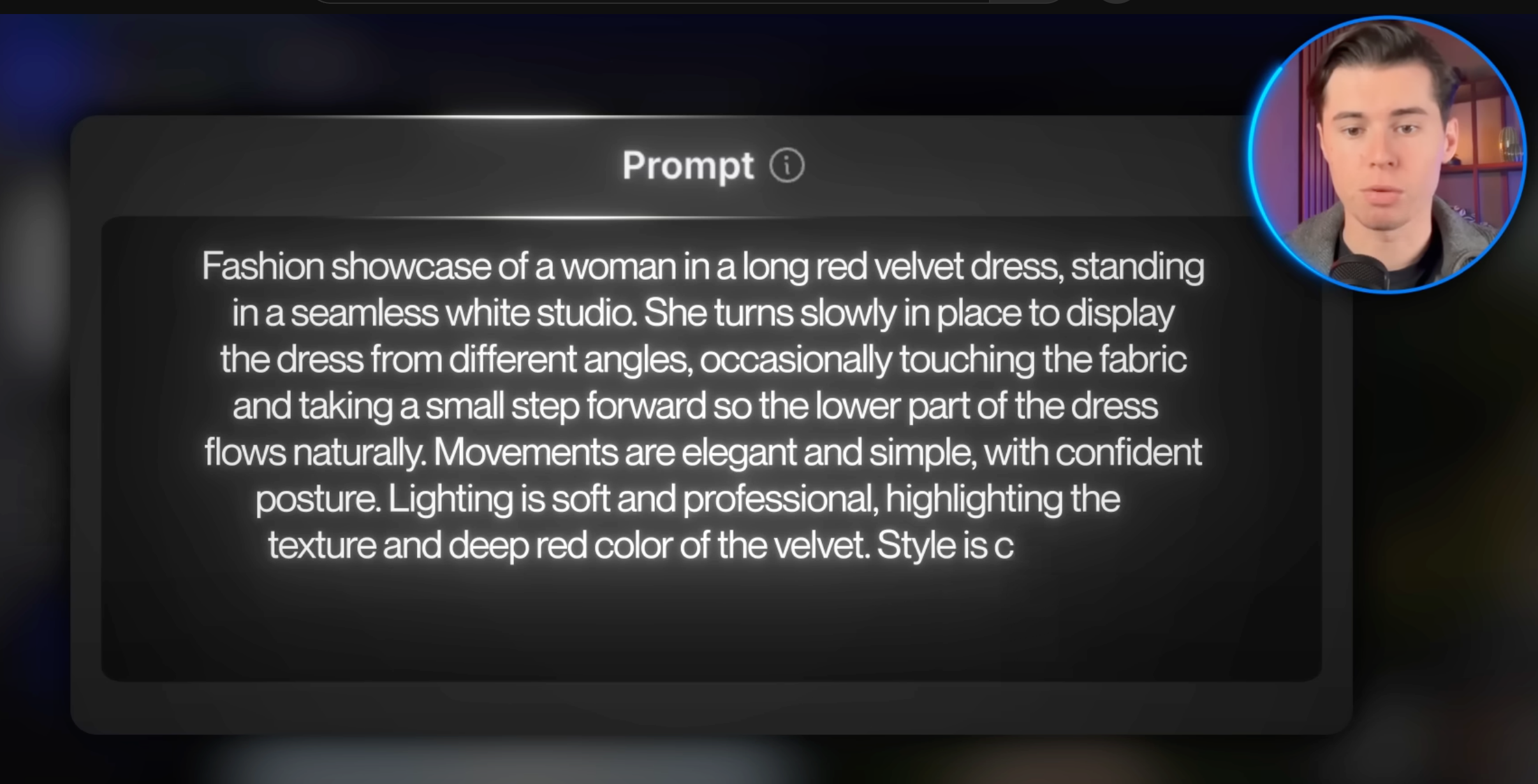- Blog
- Nano Banana - Beginner Tutorial 2025: Best Al Image Generator
Nano Banana - Beginner Tutorial 2025: Best Al Image Generator
Nano Banana - Beginner Tutorial 2025: Best Al Image Generator
Keyword: Nano Banana
Introduction
The following guide provides instructions for achieving professional results with Nano Banana if you have heard about its popularity. The following guide demonstrates how to transform basic concepts and reference images into professional images and videos using Nano Banana within OpenArt. The workshop will teach students about prompts and reference-image techniques and product and apparel photography and still-to-motion production with methods to improve overall quality. We will discuss Nano Banana throughout this journey while explaining what it is and its current popularity and proper usage.
Table of Contents
- What is Nano Banana?
- Why use OpenArt to run Nano Banana?
- Quick-Start: The smart Nano Banana workflow
- Use Case 1: Product photography that sells
- Use Case 2: Apparel try-on without a photoshoot
- Go Beyond Images: Turn stills into videos
- Watermarking, licensing & ethics
- Nano Banana vs. other models (e.g., FLUX.1)
- Troubleshooting & pro tips
- Conclusion
What is Nano Banana?
Nano Banana operates on Google's Gemini platform to enable users generate new images or modify existing ones through text or image inputs while providing sophisticated editing capabilities for ongoing improvement. The software allows users to create conversational content through its advanced editing system which maintains subject consistency while enabling them to discover fresh creative approaches.
What is the current reason for all the excitement? Nano Banana has been rapidly adopted across creative workflows—from social apps to pro toolchains—thanks to its balance of realism, control, and speed.

Why use OpenArt to run Nano Banana?
The OpenArt platform provides a unified workspace for image generation and editing and video creation and model selection from a broad model collection without requiring multiple accounts or applications. The platform functions as one studio which streamlines the entire process from beginning to end and offers subscription plans that include generous credit amounts.
Bottom line: Running Nano Banana inside OpenArt minimizes tool-switching and keeps your end-to-end flow (images → edits → motion) in one place—ideal for consistent branding and faster delivery.

Quick-Start: The smart Nano Banana workflow
Set up & model selection
- Sign in to OpenArt and go to Images.
- In Model/Character, switch the model to Nano Banana so your generations use that engine.
- Attach a reference image (or several) in the reference field. This is where Nano Banana really shines—grounding outputs to your subject so poses, proportions, and identity stay consistent.
Why references matter for Nano Banana: You’ll get better angles, consistent subjects, and more accurate transformations versus prompting from scratch.
Prompting that actually works
You don’t need a novel-length prompt. Keep it clear and minimal, then iterate:
-
Example (angle change):
“Drone shot of the man.”
With a good reference, Nano Banana will reinterpret the scene from a fresh viewpoint while preserving the subject. -
Example (scene adaptation):
“Natural window light, soft shadows, editorial feel.”
Short, visual cues > long, vague prose.
Start simple; add specificity only when the preview misses something important.
Key settings you shouldn’t skip
- Aspect Ratio: Match the platform—1:1 (feeds), 4:5 (IG), 16:9 (web banners), or vertical 9:16 (stories/shorts).
- Batch Size: Generate 2–4 at a time for quick A/B comparisons.
- Seed / Variation: If available, lock a seed once you like the overall composition to iterate predictably.
Use Case 1: Product photography that sells
Goal: Place a product (e.g., a red popcorn maker) into a premium, professionally lit environment—without a studio day.
How to do it
- Gather two references:
- Your product (clean, front-facing photo).
- A background/layout reference (e.g., a high-end countertop scene shot by a pro).
- Upload both as references in OpenArt’s image workflow.
- Prompt: “Place the red popcorn maker in the scene, matching the lighting and perspective of the reference interior.”
- Generate, then iterate: nudge perspective (“slightly lower angle”), lighting (“soft key light from the left”), and reflections (“subtle glossy reflection on the counter”).
Why it works: The Nano Banana tool maintains accurate proportions of objects while perspective and environment references enable it to create realistic lighting and material effects that make objects appear in their correct positions rather than looking like they have been pasted into the scene. The strategy produces meaningful content through visual content which results in higher product click-through rates and better customer perception of product quality than standard product images. Users can access edge and contrast adjustment tools in OpenArt to improve their work before the software produces high-resolution output through one processing operation.

Use Case 2: Apparel try-on without a photoshoot
Goal: Put a specific garment (e.g., a burgundy dress) onto a model image you already have—accurate drape, realistic fabric behavior, and clean fit.
How to do it
- Upload the model photo and the garment photo as references.
- Prompt: “Put the burgundy dress on the woman; keep pose and lighting consistent; natural fabric folds.”
- Refine: If needed, add surface cues (“velvet texture, slightly reflective pile”), fit details (“waist cinched; hem slightly sweeping”), and environment (“seamless white studio”).
Pro notes: Keep garment reference clear and front-facing. For challenging fabrics (silk/velvet), specify texture and sheen. Use OpenArt’s in-app editor for cleanup: neckline edges, stray overlaps, or color tweaks.

Go Beyond Images: Turn stills into videos
One standout reason to work in OpenArt: you can turn your best Nano Banana still into a short video without switching platforms. From the image view, jump into OpenArt’s video workflow, select a compatible video model, and describe the motion you want—perfect for product showcases and fashion rotations.
Sample prompt (fashion rotation):
“Fashion showcase of a woman in a long red velvet dress standing in a seamless white studio. She turns slowly in place to display the dress from different angles, occasionally touching the fabric; movements elegant and simple; soft professional lighting emphasizing velvet texture; clean cinematic style; no background props.”
Once generated, use OpenArt’s upscaling and export tools to deliver platform-ready assets in consistent aspect ratios—all from the same subscription workspace

Watermarking, licensing & ethics
The official Google platforms display AI-generated images with watermarking that serves to identify AI-generated content. Review the platform terms and your downstream usage requirements (e.g. ads, marketplaces) because watermark behavior and policies differ between third-party pipelines. All users must follow model and platform use policies and respect likeness rights and obtain permission for reference images they upload to the platform.
Nano Banana vs. other models (e.g., FLUX.1)
Creative teams often mix models for different aesthetics:
- Nano Banana: Conversational edits, faithful subject handling, versatile style control—great for reference-driven workflows and fast iteration.
- FLUX.1 (Kontext/dev): A family of advanced image models favored for photorealistic lighting and detail; often used when you need a different realism profile or to benchmark style fidelity.
Takeaway: Use Nano Banana for grounded, reference-led creation; swap or blend with other models when chasing a specific look.
Troubleshooting & pro tips
My outputs look generic.
Use two references: one for the subject, one for the environment/lighting. Then adjust a single variable per iteration (angle, focal length, or lighting) to converge cleanly.
Edges or clothing overlaps look off.
Prompt for “clean garment edges; natural occlusion; realistic fabric thickness.” Then do a light retouch in OpenArt’s editor before exporting.
I need consistent characters across a campaign.
Lock a seed where available; keep a master reference for the character; maintain a prompt kit (pose, lens, lighting words) for consistency across sets. Consider tools for consistent characters and personalized models when working at scale.
When should I batch vs. single?
Start with 2–4 variations to explore composition quickly, then iterate the best one in singles to refine details.
How do I plan video length and aspect ratio?
Map to where it will live (e.g., 9:16 for reels, 16:9 for hero banners). Generate short clips first (5–10s), then upscale/export variants from the same project to stay on-brand.
Conclusion
The Nano Banana model delivers its best results through the use of exact reference images together with direct and simple instructions. The model reaches its peak performance when you use OpenArt because this platform provides a unified environment for all image creation and editing and video production tools. The Nano Banana workflow enables users to transform their ideas into finished deliverables within minutes instead of days for product hero shots and apparel try-ons and short showcase videos.
The Nano Banana steps and reference pairs with a lightweight prompt kit will help you improve your pipeline. Your creative output—and your production speed—will thank you.